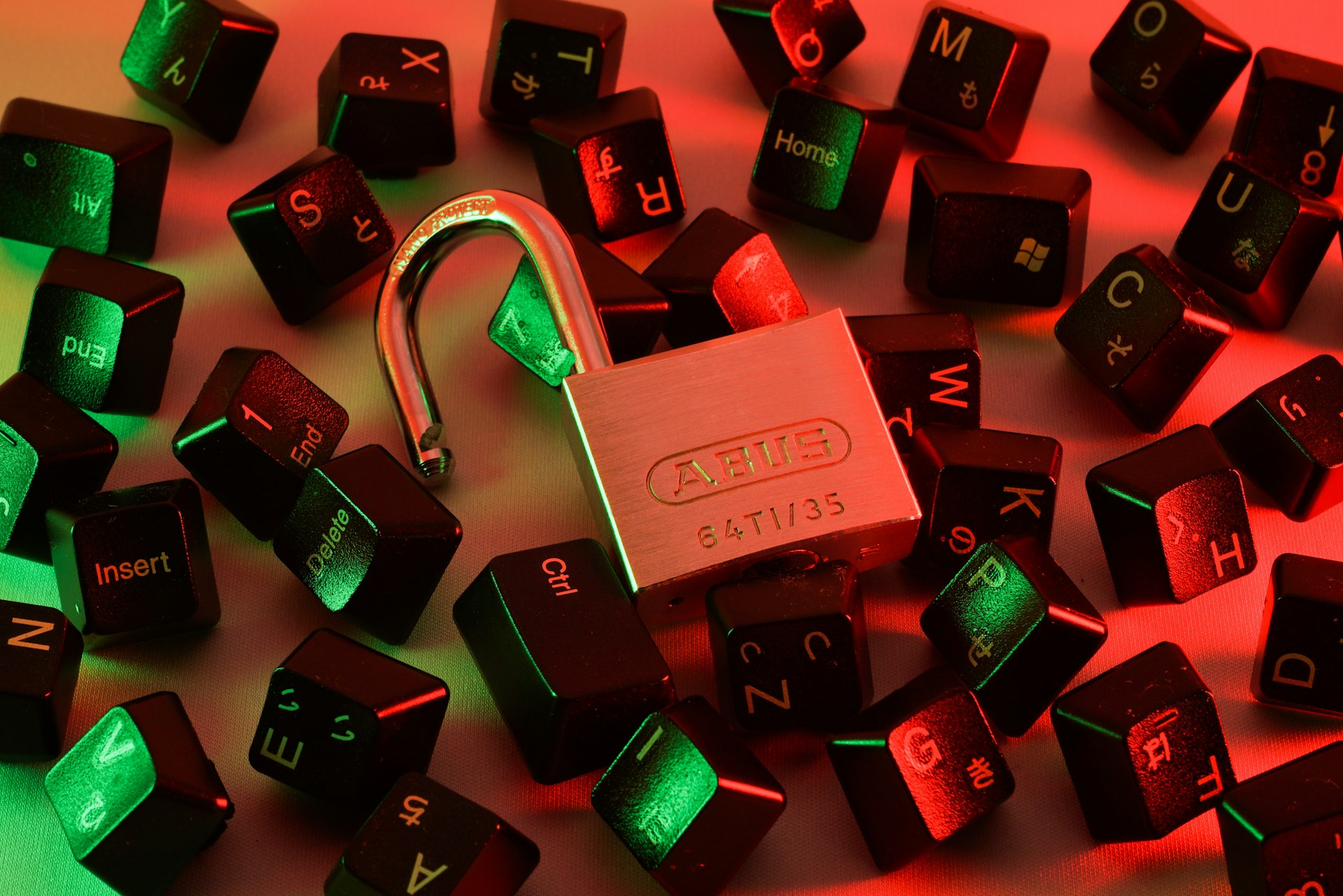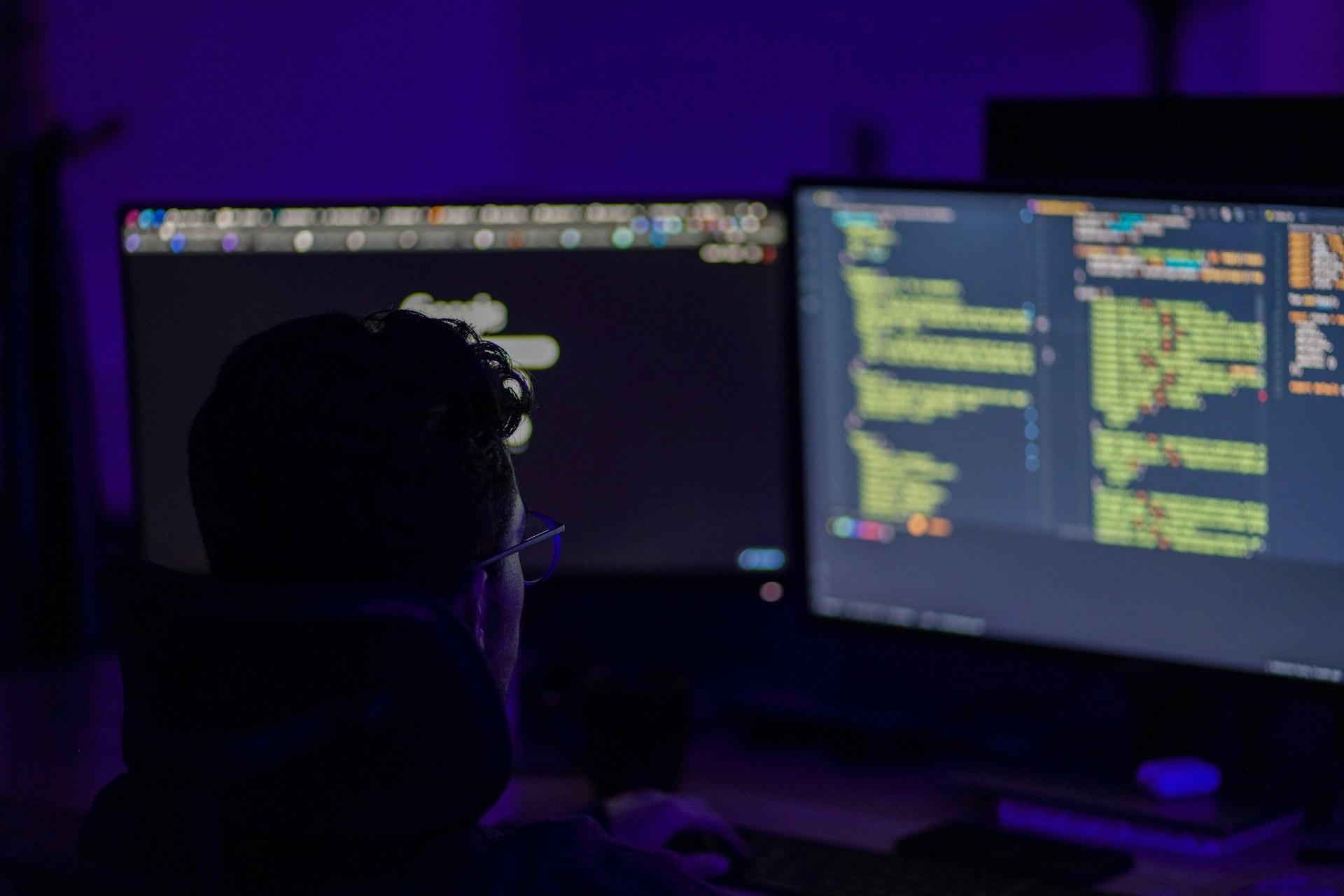How Blockchain Technology is Transforming Ownership and Value in Gaming Assets

Photo by ELLA DON on Unsplash
Introduction: The Evolution of Gaming Assets
The gaming landscape has always been a breeding ground for technological innovation. In recent years, blockchain technology has emerged as a transformative force, fundamentally changing how players and developers interact with in-game assets. Unlike traditional games, where items and currencies are confined to closed systems, blockchain enables true ownership, trading, and even monetization of digital goods. This shift is creating new opportunities and revenue models for both gamers and industry stakeholders.
Understanding Blockchain’s Role in Gaming
At its core, blockchain is a decentralized, transparent ledger that records transactions securely and immutably. In gaming, this technology enables the creation of non-fungible tokens (NFTs) -unique digital items, weapons, skins, or collectibles that are verifiably owned by the player. Each NFT is stored on a blockchain, allowing players to trade, sell, or use them across compatible platforms, independent of any single game publisher’s control. This marks a departure from traditional in-game items, which are often locked to a specific account or game and cannot be transferred or resold outside of proprietary marketplaces [5] .
Current Market Landscape and Growth
Blockchain gaming has rapidly grown from a niche experiment to a major industry segment. In 2024, the market was valued at $13 billion, with projections reaching $24.4 billion in 2025 and up to $301 billion by 2030, according to industry research [1] . Other sources estimate the 2025 value at $21.6 billion, with a potential leap to $1,270 billion by 2033, reflecting a compound annual growth rate (CAGR) exceeding 50% [3] [2] . These figures underscore rising confidence among players, developers, and investors regarding blockchain’s potential in gaming.
The growth is further fueled by a surge in the global gaming population, which reached 3.48 billion in 2025, with over 102 million blockchain gamers-a 72% increase year-over-year [3] . The mobile segment dominates, accounting for over half of all blockchain gaming activity due to the ubiquity of smartphones and improved connectivity worldwide [2] .
Benefits for Gamers: Ownership, Value, and Earnings
The most significant impact of blockchain on gaming assets is the shift from virtual ownership to real-world value . In traditional games, items earned or purchased are typically non-transferable and managed by the developer. Blockchain, however, allows players to:
- Truly own their digital assets as NFTs, verifiable on-chain, and independent of company servers.
- Trade or sell items on open marketplaces, sometimes for cryptocurrencies or fiat money, creating new monetization opportunities.
- Participate in play-to-earn (P2E) models , where in-game achievements and skills can generate tangible rewards [1] .
For example, some games now reward players based on skill and community contributions, not just time spent playing. These systems often allow players to stake tokens, vote on governance issues, and earn rewards proportionate to their engagement and performance [1] .
Implications for Developers and Publishers
For game developers and publishers, blockchain integration offers several new possibilities:
- New revenue streams through transaction fees, secondary sales, and marketplace activity.
- Enhanced user engagement as players become stakeholders in the game’s economy and governance.
- Cross-platform interoperability , enabling in-game items to be used across different games or platforms, increasing asset utility and player loyalty [5] .
Studio models are evolving, with some publishers experimenting with user-generated content and decentralized governance, letting the community influence the game’s direction and economy [4] .
Challenges and Barriers to Adoption
Despite its promise, blockchain gaming faces several hurdles:

Photo by Denise Jans on Unsplash
- Complex onboarding processes that require players to set up digital wallets, manage private keys, or purchase cryptocurrencies. This can be daunting for newcomers [4] .
- Scalability issues , such as network congestion and high transaction (“gas”) fees, which can impact gameplay and user experience.
- Security risks , including smart contract vulnerabilities and wallet hacks.
- Overemphasis on monetization can detract from gameplay, making some blockchain games feel more like jobs than entertainment.
- Interoperability limitations , with many assets remaining siloed on proprietary blockchains, hindering cross-game utility [4] .
Leading industry players are addressing these issues by simplifying user interfaces, improving scalability through Layer 2 solutions and sidechains, and prioritizing fun and engagement alongside monetization.
Practical Steps for Accessing Blockchain Gaming Assets
If you are interested in participating in blockchain gaming or acquiring digital assets, consider the following steps:
- Research Reputable Games : Look for established blockchain games with active communities and transparent developers. Examples include Illuvium, Big Time, and Shrapnel, which have garnered significant attention in the space [1] .
- Set Up a Digital Wallet : Most blockchain games require a wallet compatible with their chosen blockchain (such as MetaMask for Ethereum-based games). Ensure you follow best practices for security.
- Acquire Cryptocurrency : Depending on the game, you may need to purchase cryptocurrency (like ETH, BNB, or MATIC) to buy or trade assets. Use established exchanges and always enable two-factor authentication.
- Engage with the Community : Join official forums, Discord groups, or Telegram channels to stay informed about updates, asset drops, and potential risks.
- Review Marketplace Policies : Before buying or selling assets, read the marketplace’s terms and verify its legitimacy. Many games have official in-game or third-party partner marketplaces.
- Stay Informed on Security : Regularly update your wallet software and monitor for security advisories from game developers or the broader blockchain community.
It is important to note that asset values can fluctuate and that not all blockchain games are equally secure or reputable. Always do your own due diligence.
Alternative Approaches and Future Outlook
Some developers are exploring hybrid models, offering both blockchain and traditional gaming experiences, to cater to a broader audience. Others are focusing on “play-and-own” rather than “play-to-earn,” emphasizing enjoyment and user creativity over purely financial incentives [4] .
Industry experts predict that by 2030, blockchain and NFTs could support a fully-fledged virtual economy rivaling traditional financial systems, with user-generated content and decentralized governance at its core [5] .
Key Takeaways
- Blockchain is revolutionizing gaming by enabling true ownership and real-world value for digital assets.
- The sector is experiencing explosive growth but faces onboarding, scalability, and security challenges.
- Players and developers can benefit from new economic models, but must exercise caution and due diligence.
If you want to get started, search for “blockchain gaming” or “NFT gaming” on reputable industry news sites, and always verify the legitimacy of any platform before investing time or money.
References
- [1] Game Wisdom (2025). Crypto’s Impact on The Gaming Industry In 2025.
- [2] Coherent Market Insights (2025). Blockchain Gaming Market Size, Share and Forecast.
- [3] CoinLaw (2025). Crypto Gaming Statistics 2025: Demographics, and Future Outlook.
- [4] Komodo Platform (2025). Navigating Blockchain Gaming Challenges in 2025.
- [5] XCube Labs (2023). The Impact of Blockchain & NFTs in Gaming.



